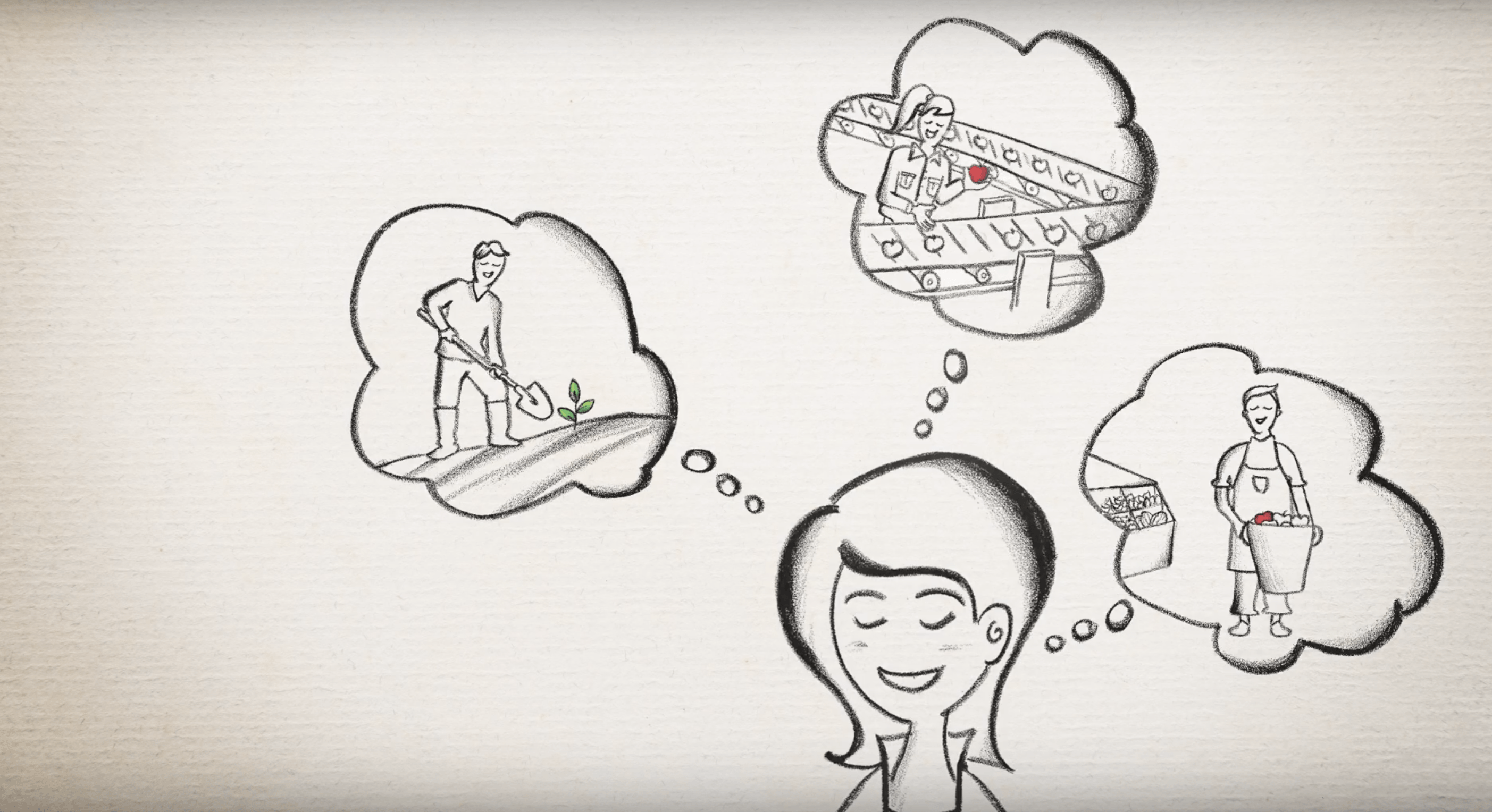Telling Your Brand Backstory
Telling Your Brand Backstory
According to the 2019 Food and Health Survey from the International Food Information Council (IFIC), more than half of consumers say knowing where their food comes from is highly important. Perhaps it’s my line of work, but I really want to understand not only where the food comes from but how it got to me. The process fascinates me. The scale and scope required to affordably feed society is mind-boggling. Like most consumers, price and taste tend to lead my decision making, but I still want to know a bit more to feel good about my food. And I’m not the only one. The same IFIC study says 27 percent of people are not too/not at all confident in where their food comes from.

Brands have a massive opportunity to build trusting relationships with consumers, leading to more sales. I share more about consumer choice and the Big Food Dilemma (B.F.D.) in this blog post, but one step in successfully reaching consumers is by telling your brand story. We call it your brand backstory.
Creating a Successful Brand Backstory
A brand’s backstory is the biography behind its product and the people who make it. It’s real people sharing real stories of the passion, care and expertise that make the brand special and unique. Here are seven habits of successful backstory marketers:
- Reveal your product’s journey from farm to table. Removing the mystery builds trust. Share your product’s unique story. Make it informational and entertaining.
- Feature your people and their passion. Your employees are powerful brand ambassadors. Real people sharing their stories connect with consumers in ways brand messaging can’t.
- Listen to consumers and connect on shared values. Consumers gravitate towards brands that share their world view. Always be listening to how a consumer’s world is evolving.
- Highlight your heritage and pride in what you do. Your past can be a strong part of your future. Remind consumers that their well-being rests in proven and trusted hands.
- Share what you believe in; take a stand for a cause. Today’s leading brands don’t just sell products anymore; they are agents for social change. Explore how your brand can contribute to a cause.
- Speak with your brand’s inner voice. You have your marketing voice and your public relations voice, but do you use your brand’s inner voice? Your inner voice connects with consumers on a level deeper than features, benefits and issues.
- Connect using your brand’s emotional assets. Your products serve a functional purpose, but they also have social utility that contributes to your consumers’ identities. Think beyond form and function to give consumers more reasons to believe in your brand.
Let’s Connect and tell your brand backstory
To see a video describing MorganMyers’ approach to backstories, hear our clients’ brand backstory successes and dig deeper into the seven habits, check out this web page. If you want help telling your backstory, shoot me an email.
 Back To Blog
Back To Blog

